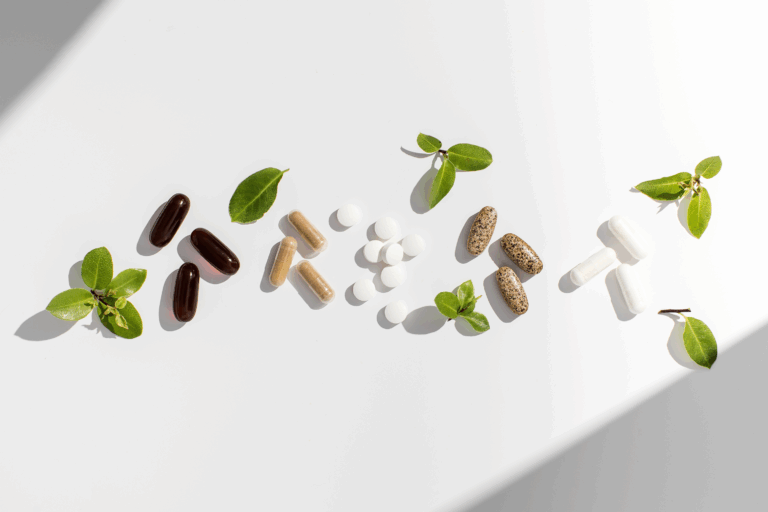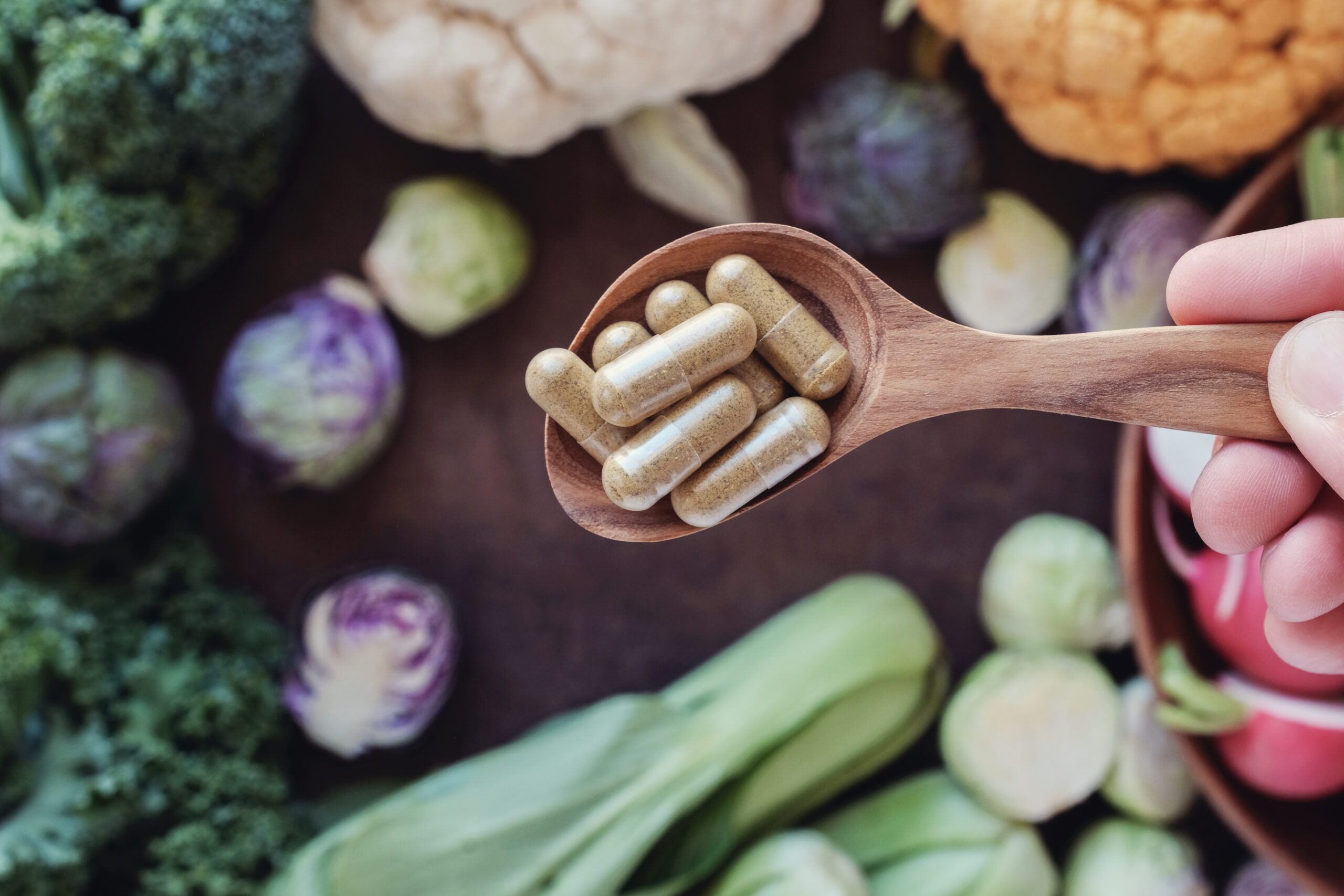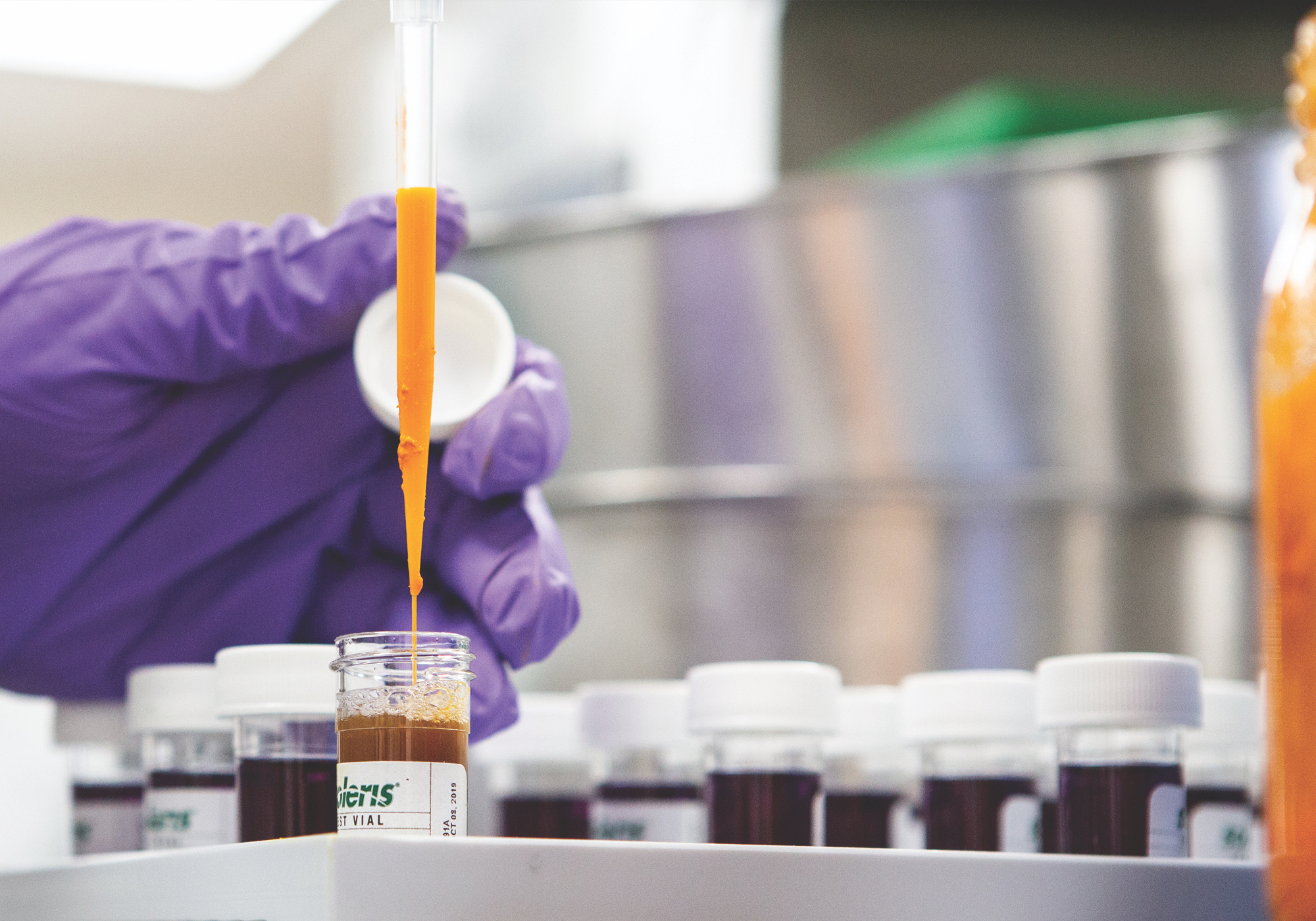Scientific name:Cynara scolymus
Constituents:
- Caffeic acid derivatives (chlorogenic acid, cynarin/isochlorogenic acid, mono-caffeoylquinic & di-caffeoylquinic acid, and scolymoside)
- Sesquiterpene lactones (cynaropicrin, grosheimol & cynaratriol)
- Flavonoids (rutin, luteolin, and anthocyanidins cyanidin, peonidin, and delphinidin)
- Inulin (fructo-oligosaccharides: Very-long-chain inulin)
- Volatile oil
- Minerals & Vitamins
Medicinal actions:
- Alterative
- Antioxidant
- Antimicrobial
- Bitter
- Cholagogue & choleretic
- Cytotoxic
- Diuretic
- Hepatic (Hepatoprotective)
- Hypoglycemic
- Hypolipidemic (Anti-cholesterol)
- Hypotensive
Mechanism of Action & Pharmacology:
- Multiple compounds provide additive or synergistic pharmacological effects, including Polyphenolic caffeic acid derivatives (mono-caffeoylquinic and dicaffeoylquinic acids), and flavonoids (e.g. apigenin & luteolin).
- Hypoglycemic activity seems to be mainly related to chlorogenic acid content, which is a potent inhibitor of glucose 6-phosphate translocase, an essential component of the hepatic glucose 6-phosphatase system which regulates the homeostasis of blood glucose and metabolism of carbohydrates.
- Choleretic and hepatoprotective activities are thought to be related to sesquiterpene lactones. di-caffeoylquinic acid and cynarin content.
- Sesquiterpene lactones (cynaropicrin and grosheimol) can inhibit Hepatitis C infection in humans and have demonstrated anti-tumorigenic effects.
- Cynaropicrin is the major bitter compound present in highest concentrations in the leaves, thus partly responsible for holeretic & cholagogue actions partly due to bitter principle.
- Inulin (fructo-oligosaccharide: Very-long-chain inulin) is a low-calorie fibre with positive effects on the gut microbiota. Most physiological changes that inulin induces in the host are effected by bacterial metabolites (Short chain fatty acids: acetate, propionate and butyrate), which acidify the colonic environment and is beneficial for certain bacteria such as bifidobacteria and lactobacilli, and detrimental to the growth of potential pathogenic species.
- Cynarin & luteolin may play a role in reducing cholesterol via interference with cholesterol synthesis. Have also been shown to downregulate the expression of inducible nitric oxide synthase in human coronary smooth muscle cells.
Pharmacy:
- Infusion
- Tincture
- Capsule
- As food in culinary applications
Safety & Toxicity Concerns:
- Rare but possible allergic reactions in some individuals.
- Avoid in active peptic ulcers, acute inflammation of the GIT, gallstones, and bile duct obstructions.
- Allergic sensitivity to Asteraceae family.
Interactions:
- Increases gut motility, thus may theoretically decrease the absorption of many drugs if taken simultaneously.
- May enhance cholesterol-lowering agents due to additive effects (theoretical)







